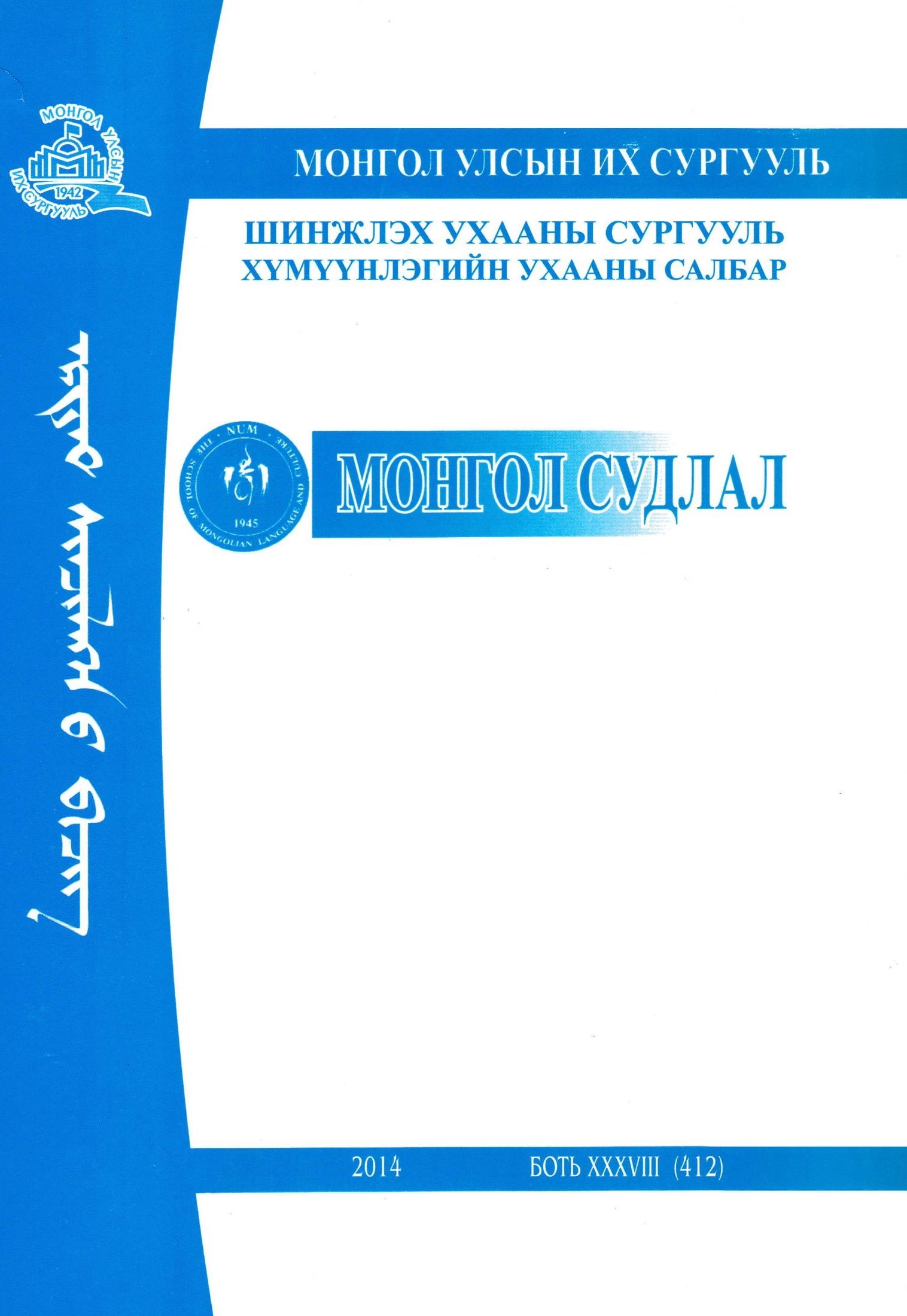Бэлгэ тэмдэг, хээ угалз, зүйрлэл: “аз жаргалын ” тухай монгол зохицол, нийцлийн зарчим
Symbol, Ornament and Metaphor: A Mongolian Correspondence Principle of Happiness
Abstract
The wish and striving for happiness is a universal human phenomenon. Happiness symbols are prevalent throughout the world, although individual and collective ideas of happiness vary across cultures and time. Lately, happiness research has become trans-national with a focus on structural conditions as well as on attitudes, focusing on aspects of life quality. Especially the concept Gross National Happiness, originally coined by the king of Bhutan, is widely considered an alternative to conventional growth-oriented models, because it includes perspectives such as justice, the promotion of cultural values and sustainability, and therefore strives for a holistic paradigm of development. This essay investigates connections to Mongolia's most universal symbol of happiness, the ulzij. Common in metaphorical language and names, the popularity of the ulzij is equally evident in its visual omnipresence in all spheres of life. We know that symbolic actions correspond equivalents between inner and outer reality, between imagination and depiction. Relations between concepts are established in dynamic communicative processes. The ulzij is a case in point, for what reason I designate it as a Mongolian correspondence principle of happiness. The term correspondence principle, which had travelled from quantum theory into epistemology, serves as an analytical tool to investigate the ölzij's communicative potentials in combining parameters of happiness. Based on S. Dulam's analysis of symbols as systemic elements and his characterisation of the ulzij as a codification of a holistic experience, as a core-icon and spirit of social processes, this essay explores symbolic, ornamental and metaphorical potentials. Being a prime example for communicative dynamics of entangled history, we find that the ulzij has proved a powerful configuration of ideational values, communicating happiness as a holistic paradigm.





